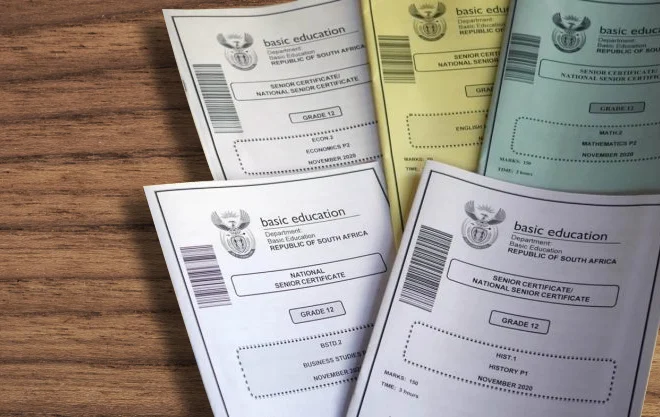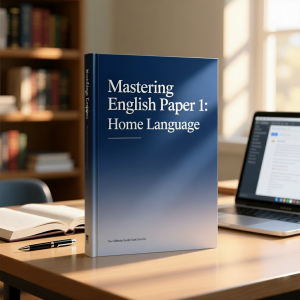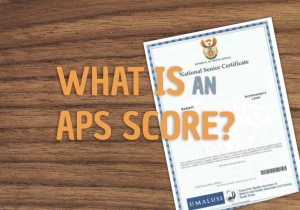Studying with past exam papers is one of the most effective ways to prepare for your exams. But to truly benefit from them, you need to use them strategically. It’s not just about answering questions, it’s about learning, improving, and building confidence step by step. This method helps you prepare not only for the exam format but also for handling different types of questions. Here’s a simple guide to get the most out of past exam papers.
First Understand the Topics in the Textbook
Before using past exam papers, it’s important to understand your textbook material. Past papers are based on the curriculum, so if you don’t know the basics, you’ll struggle to answer the questions. Start by reviewing each chapter in detail, focusing on the main concepts, examples, and summaries. These form the foundation of every exam.
Once you’ve built a strong foundation, tackling past papers will feel much easier. You’ll recognize which topics are tested more frequently and how your knowledge applies to different types of questions. Without this step, working through past papers might feel overwhelming.
Use Past Exam Papers Along With the Memo
When practicing with past exam papers, always keep the memo (answer sheet) nearby. The memo does more than just provide the correct answers, it shows how marks are awarded and what examiners expect in a well-structured response. This insight is invaluable for improving your accuracy and presentation.
By comparing your answers with the memo, you’ll see exactly where you went wrong. Maybe you missed a key point or didn’t explain your answer fully. These small adjustments can add up to a significant improvement in your final marks. Always take time to reflect on what you could do better.
Do Not Time Yourself at First
At the start of your practice, don’t worry about timing. Instead, focus on understanding the questions and answers. Take your time to carefully analyze each question, paying attention to how it’s worded and what it’s asking for. This helps you recognize recurring patterns and common topics. Practicing without the pressure of a timer allows you to deepen your understanding of the material. You’ll also notice how examiners phrase questions to test the same concept in different ways. This step lays the groundwork for tackling timed practice later on, once you’ve gained enough confidence.
If You Do Not Know the Answers, It’s Okay to Look at the Memo or Textbook
If you can’t answer a question, don’t worry. It’s perfectly fine to check the memo or your textbook for guidance. Learning from these resources helps you fill in gaps in your understanding, especially for difficult concepts or unfamiliar question types. Using the memo or textbook isn’t cheating, it’s part of the learning process. The goal is to build your confidence and improve your knowledge, not to get everything right on the first try. With enough practice, you’ll find yourself relying less on these tools as you master the material.
Remember, the process is about progress, not perfection. Mistakes are part of learning, and every attempt brings you closer to your goal. The more you practice, the better prepared you’ll be for the real exam.
Once You Feel Confident, Start Timing Yourself
Once you’re familiar with the material and feel confident in your understanding, it’s time to practice under timed conditions.
Choose a past paper you’ve already worked on or find a new one. Simulating exam conditions helps you get used to the pressure and teaches you how to manage your time effectively.
By this stage, you should already know the structure of the paper and the types of questions to expect. Timing yourself helps you pace your answers, ensuring you complete the entire paper without rushing. If you don’t finish on time initially, don’t get discouraged, keep practicing until you find your rhythm.
Timed practice is essential for building both speed and confidence. The more you practice, the better prepared you’ll be to handle the real thing without feeling overwhelmed.
Conclusion
Using past exam papers is one of the smartest ways to prepare for exams, but it’s important to use them effectively. Start by understanding your textbook, then move on to slow, reflective practice with the memo as your guide. Once you’re confident, introduce timed practice to sharpen your skills and simulate real exam conditions.
This method doesn’t just improve your marks, it also boosts your confidence and reduces anxiety. Visit the Past Exam Papers section on our website to access resources for all your subjects and start studying effectively today. Good luck!





